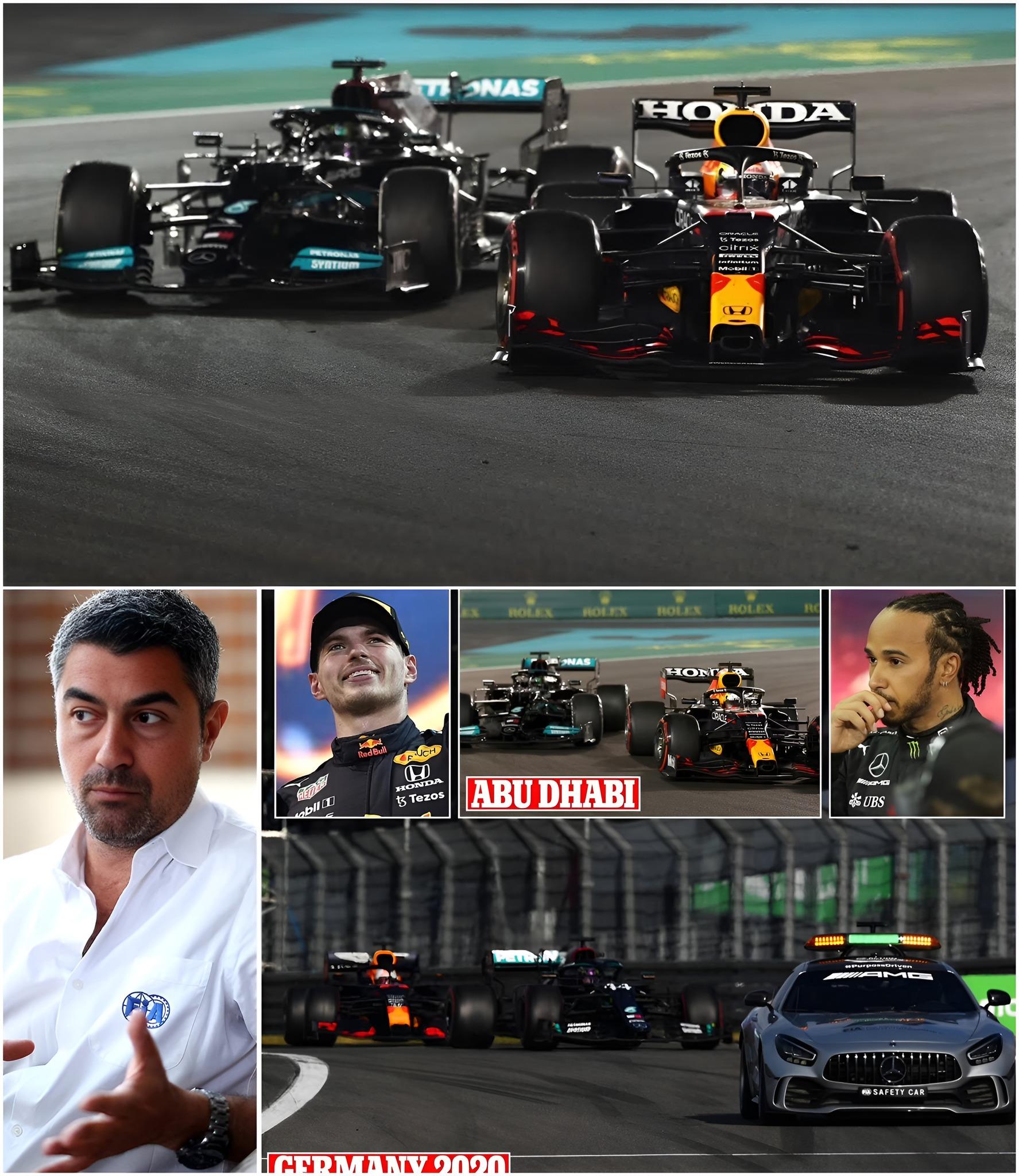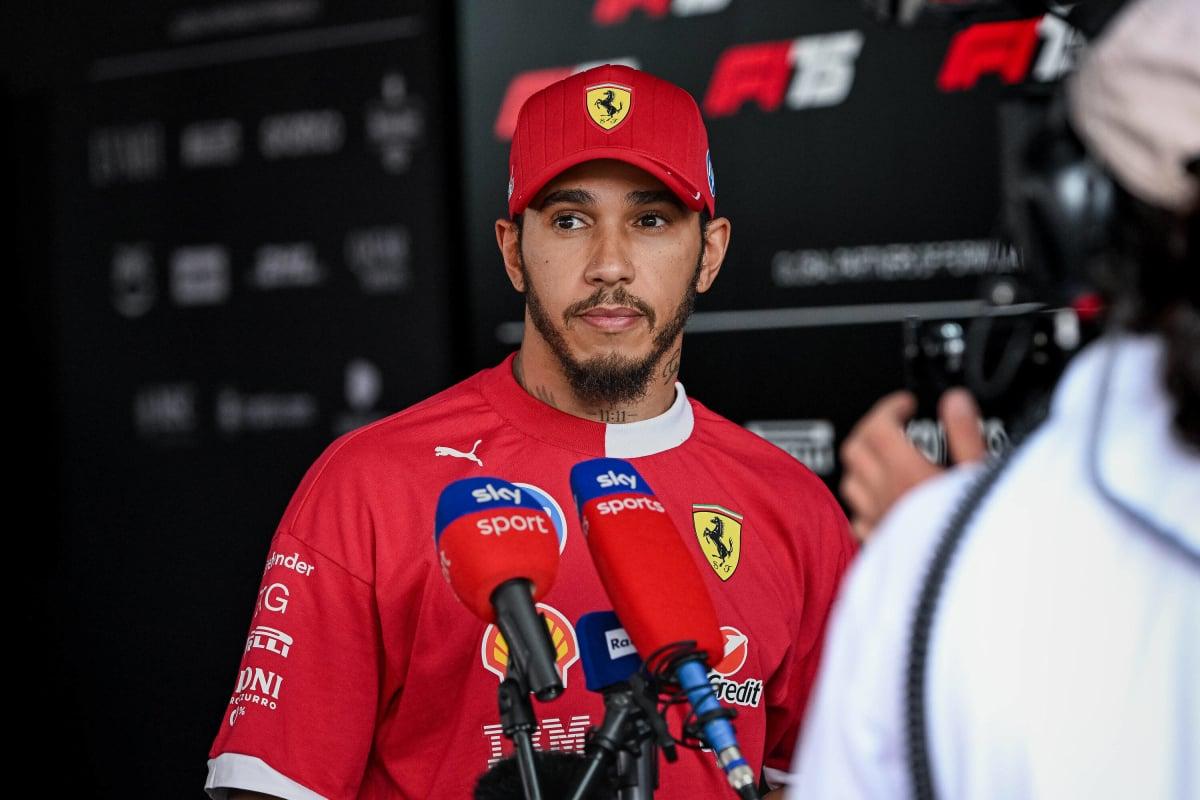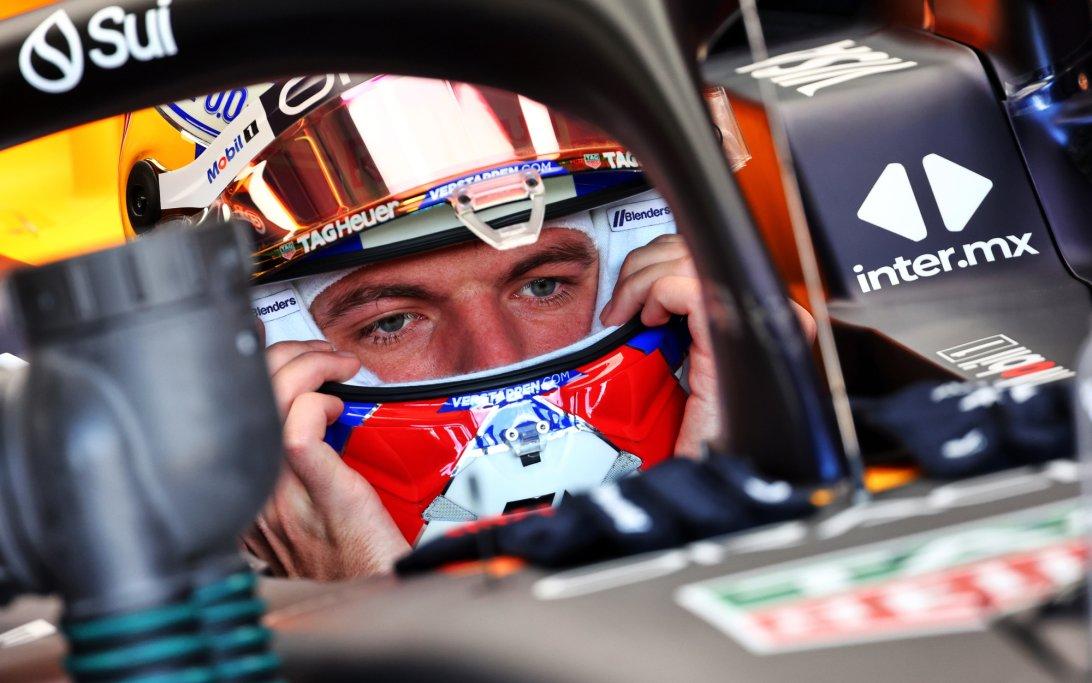The 2021 Abu Dhabi Grand Prix is remembered not just as the dramatic finale of a season-long duel between Lewis Hamilton and Max Verstappen, but as one of the most polarizing events in the history of Formula 1. The controversy surrounding Michael Masi’s decision to restart the race with only one lap remaining has been endlessly dissected. Conventional wisdom portrays Masi as the sole figure responsible for tilting the championship balance. Yet as time passes, new perspectives suggest that this account might be too simplistic, raising questions about whether Masi was a lone decision-maker or an instrument of a larger, orchestrated narrative.
At the heart of the debate lies the safety car procedure, triggered by Nicholas Latifi’s late crash. With only a handful of laps left, standard protocol would have left the race finishing under caution, securing Hamilton his record-breaking eighth world title. Instead, Masi allowed certain lapped cars between Hamilton and Verstappen to un-lap themselves, creating a clear track for Verstappen, who had just switched to fresh tires. The restart enabled the Dutch driver to overtake Hamilton on the final lap and claim his first championship.

While Masi faced intense criticism, many observers questioned whether he truly acted alone. Radio transmissions between the FIA and teams revealed intense lobbying from both Red Bull and Mercedes, with team principals applying enormous pressure in the heat of the moment. Christian Horner’s insistent appeals for “just one racing lap” and Toto Wolff’s furious objections highlighted the political tension that had been simmering all season. In this context, Masi’s decision appears less like an arbitrary ruling and more like the product of extraordinary external influence.
Adding weight to this interpretation is the broader commercial landscape of Formula 1 at the time. The sport, under new ownership by Liberty Media, was determined to maximize global appeal. A season finale ending under the safety car, while fair by the rulebook, risked being anticlimactic for the millions of new fans drawn in by the Hamilton-Verstappen rivalry. By contrast, a one-lap showdown provided the kind of drama that executives knew would captivate audiences and cement Formula 1’s resurgence in the streaming era.

This perspective has led some analysts to argue that Masi was a convenient scapegoat—a figure whose dismissal could placate outraged fans while shielding more powerful interests. By removing him, the FIA signaled accountability, but it also deflected attention away from the systemic pressures that shaped the decision. In the aftermath, Masi quietly exited Formula 1, but questions linger about whether the real architects of that fateful finale remained untouched.
Even today, speculation endures that the outcome served multiple agendas. Red Bull secured its long-sought title with Verstappen, energizing its fan base and sponsors. Formula 1 gained a dramatic climax that resonated worldwide, boosting its popularity and market value. And while Mercedes protested, the controversy itself amplified attention around the sport, ensuring unprecedented levels of engagement in the seasons that followed.

None of this absolves Masi of responsibility—his interpretation of the rules remains deeply contested. Yet viewing him as the sole culprit may oversimplify a situation shaped by political maneuvering, commercial imperatives, and the desires of teams with billions at stake. The Abu Dhabi finale may therefore be less about one man’s misjudgment and more about a sport willing to bend its own structures in pursuit of spectacle.
As the debate continues, one fact is undeniable: the final lap of 2021 forever altered Formula 1. For Hamilton, it was the most painful near-miss of his career. For Verstappen, it was the crowning moment of a new era. And for fans, it remains a reminder that in Formula 1, the race is never just on the track—it is also in the corridors of power, where the most decisive moves may never be seen until the checkered flag falls.





